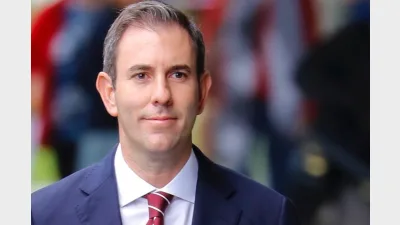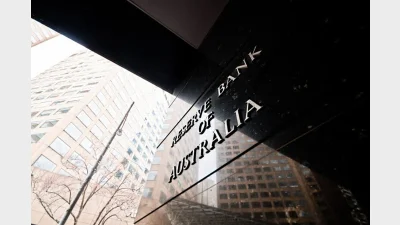(February-2003) A tougher licensing regime should make super safer
In 2002, keeping with its commitment to make Australians’ superannuation savings safer, the Government announced its intention to strengthen prudential supervision in the superannuation industry. The Australian Prudential Regulation Authority (APRA) has welcomed the Government’s proposed reforms and is tasked with carrying them out — an extremely large undertaking that we are looking forward to. It is important to note that the following comments precede the legislation expected this year, and thus are necessarily subject to amendment as the Government pushes forward with its reform.
The major improvement in superannuation safety will flow from a much more robust licensing regime. Unlike the banking and insurance sectors, most superannuation fund trustees have not required a prudential licence to operate until now.
The licensing program provides APRA with the opportunity to put the whole industry through a thorough ‘health check’ similar to that which we applied to the general insurance industry in 2002.
This year will be devoted to public consultation on the licensing rules and process, and to building up the infrastructure needed to conduct the exercise. By early 2004, about 10 per cent of APRA’s staff will be devoted to superannuation licensing. We expect to commence licensing trustees and registering funds in early 2004, and to complete the initial licensing process for trustees of something over 3000 funds by the end of 2005.
We expect that the great majority of superannuation trustees applying for a licence will be successful, albeit in many cases, only after agreeing with APRA to strengthen their controls. Our experience from the 2002 relicensing of the general insurance industry was that well over 90 per cent of applicants received a licence. We expect similar results with superannuation.
It is important to note that the key issue in ensuring the safety of Australians’ superannuation is the minimisation of risk to those funds. With the new licensing regime, APRA will be assessing applicants’ ability to demonstrate, both initially and on an ongoing basis, that all material risks are identified and are well controlled.
Each applicant will submit a Risk Management Plan (RMP) for each of the funds it acts as trustee. In order to demonstrate appropriate ability to manage risk, superannuation trustees must demonstrate in their RMP that they have appropriate risk management capacity: fit and proper trustees and staff, sufficient resources, and where relevant, appropriate outsourcing arrangements. Insurance cover may also be applicable in many cases, particularly where there are no mandatory capital requirements imposed on the trustee.
The licensing process will reflect the diversity of the industry. Provided they can meet new licensing and existing capital requirements, trustees may apply for an unrestricted superannuation licence, allowing the licensee to offer superannuation services to the public. Most trustees, however, will not wish to provide such a broad service or will be restricted by the provisions of the governing rules of the fund, and APRA’s licensing procedures will allow trustees of these funds to elect a simpler and easier licensing procedure, in return for accepting additional constraints designed to ensure the fund operates in a safe manner.
These trade-offs are now under development. APRA’s current thinking is that three licensing tiers corresponding to single employer, multiple employer and public offer funds is about right.
APRA will look at many issues in the licensing process. In the RMP, we are likely to focus most closely on:
(a) Fraud control. Fraud is fortunately rare but extremely damaging when it occurs. APRA will require all funds to maintain appropriate controls to minimise fraud risk.
(b) Investment risk. Funds will be expected to maintain appropriately diversified portfolios with risks and returns properly balanced in the context of fund member expectations.
(c) Operational risk. This is particularly relevant in outsourcing. Funds must be able to manage the failure of a contracting party to meet its obligations.
(d) Agency risk. Agency risk occurs when an agent (such as a trustee, investment manager, or other party) fails to act in the fund member’s best interest.
APRA is confident that licensing will lead to a safer superannuation industry. The broader and ultimately more valuable achievement is that from 2004, every superannuation trustee in Australia must subject their operations to a deep and searching risk management review, and must repeat this review regularly as long as they propose to stay in the superannuation business.
— Charles Littrell is APRA’s executive general manager of policy research and consulting.
Recommended for you
The major changes to the proposed $3 million super tax legislation have been welcomed across the superannuation industry.
In holding the cash rate steady in September, the RBA has judged that policy remains restrictive even as housing and credit growth gather pace.
A new report warns super funds must rethink retirement readiness as older Australians use super savings to pay off housing debt.
An Australian superannuation delegation will visit the UK this month to explore investment opportunities and support local economic growth, job creation, and long-term investment.









